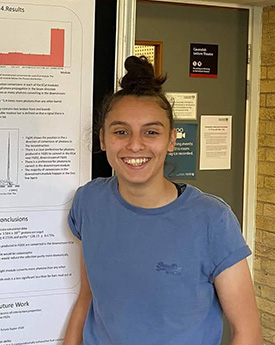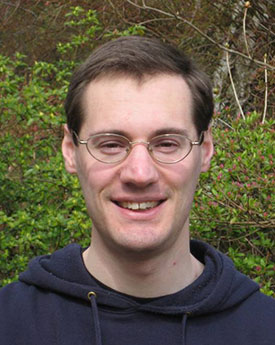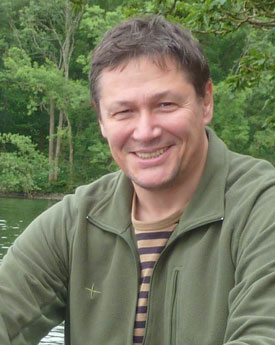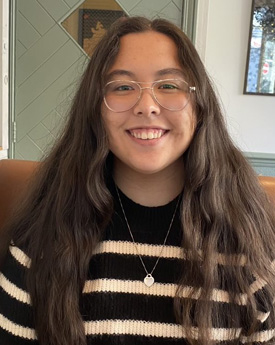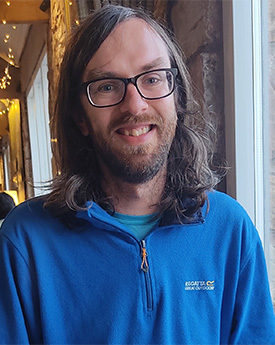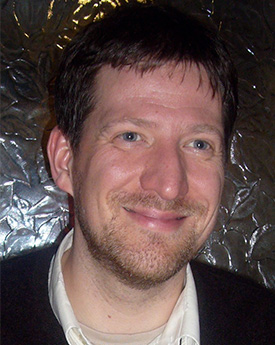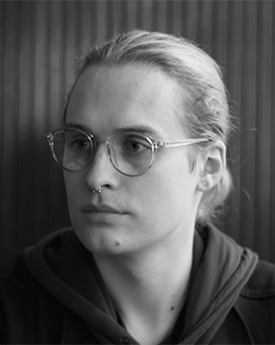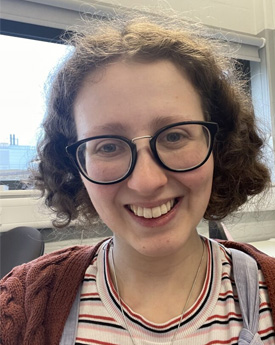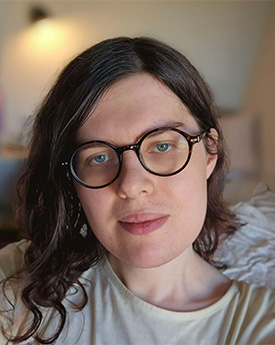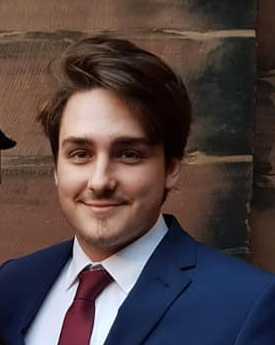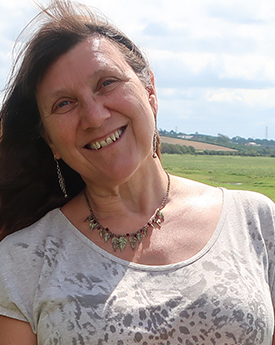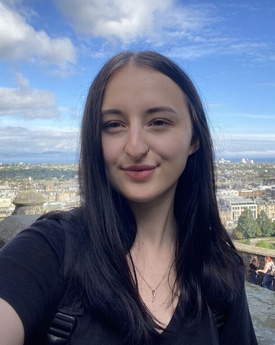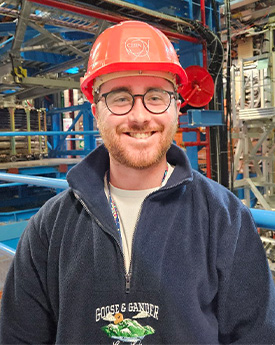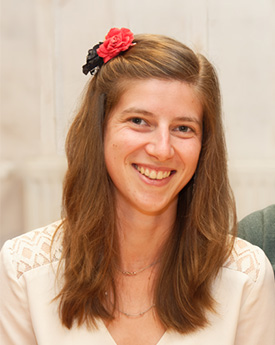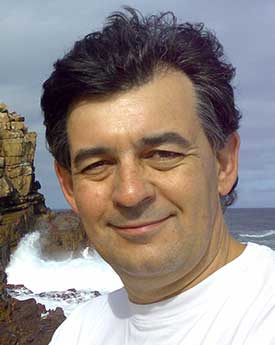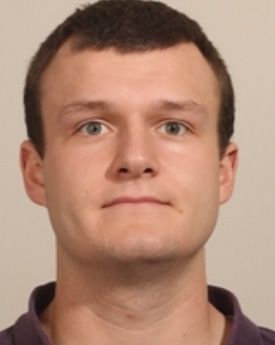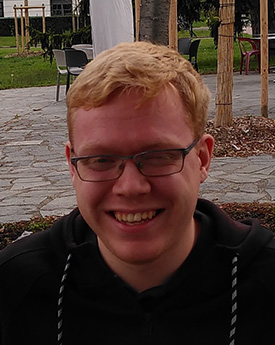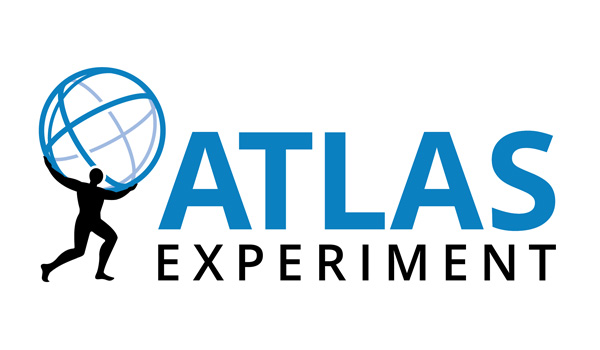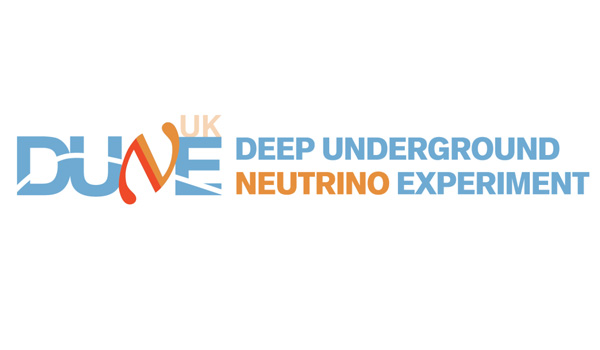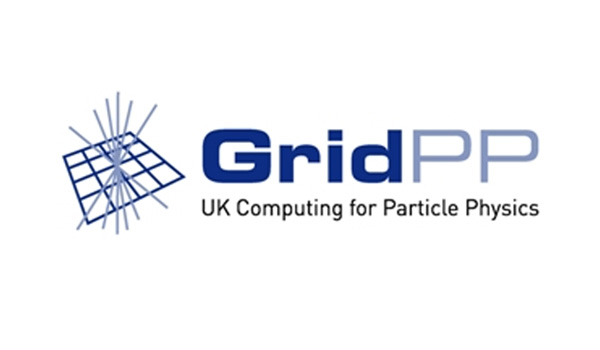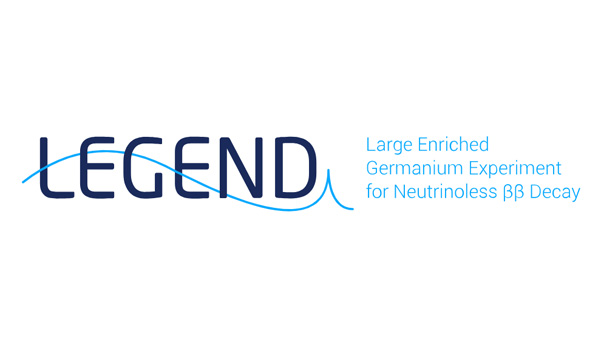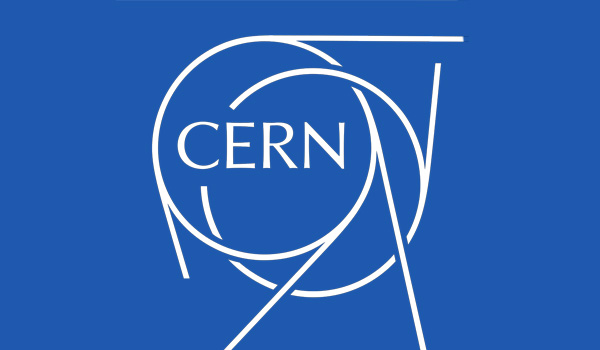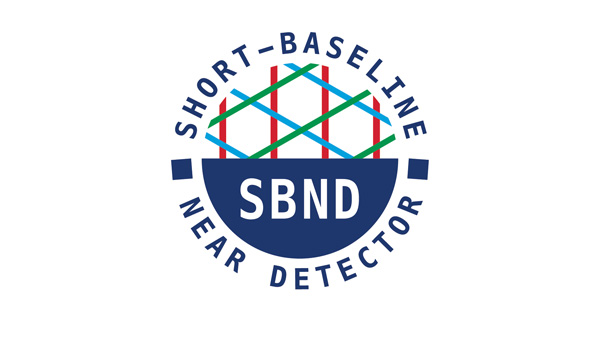Supervisors
Dr Harald Fox
Description
Future particle experiments will impose extreme requirements on their tracking detectors, taking today's silicon sensor technology to the very limit. To extend the physics reach of the LHC for example, upgrades to the accelerator are planned that will increase the peak luminosity by a factor 5 to 10. This will lead to much-increased occupancy and radiation damage of the sub-detectors, requiring the exchange of the current inner trackers with all-silicon ones.
Lancaster has a long-standing tradition of silicon detector R&D in CERN's RD50 collaboration and is now focusing on R&D for future pixel detectors – the innermost sub-detector of particle physics experiments and thus exposed to the harshest conditions.
Possible PhD projects would include irradiation and characterisation of planar pixel sensors, which are being produced for LHC detector upgrades like ATLAS.
Beyond those, the PhD project may also involve the characterisation of novel HV-CMOS pixel sensors which promise very good radiation tolerance while being extremely lightweight and cost-efficient. These are considered the baseline choice for the upgrades of LHCb and other experiments like EIC, as well as future collider experiments. The first large-area prototype chip has been received from the foundry. Initial tests of this chip have begun. Results and in-depths characterisations are eagerly awaited by the community and could be part of the PhD project.
Funding is available on a competitive basis. To be considered for a funded studentship, please submit your application by 31st January 2025.
Students interested in this PhD project should apply via the Lancaster University admission system. Applicants are normally expected to have the equivalent of a first (1) or upper second (2.1) degree class in Physics or Astrophysics. The Lancaster Physics Department holds an Athena SWAN silver award and JUNO Champion status and is strongly committed to fostering inclusion and diversity within its community.




